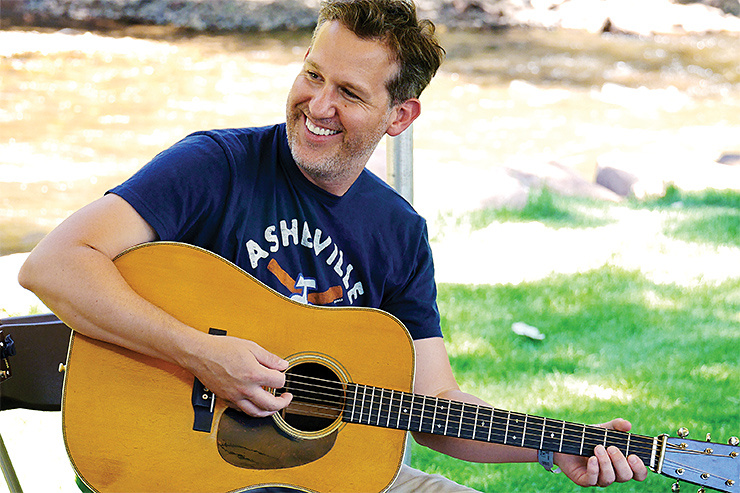I don’t pretend to know anything about ergonomics, so we probably won’t address that. But pick attack, yes. In this case the guts of that video will be pretty much what we just typed out right here.
i.e. Your pick attack is determined by edge picking, and your edge picking is determined by your approach angle, and your approach angle is determined by your arm position and the guitar’s neck angle. Whether we define approach angle as the angle the arm makes with the ground / parallel, or the angle the arm makes with the strings, we’ll settle on one definition of that so it’s clear.
For bluegrass it’s a bit of a moot point because most of these players hold the guitar close to level. You want flatter edge picking for the correct tone, especially with the heavier / more rounded picks, so you need lower approach angle.
So it’s not just how you hold the guitar, it’s all the parts, right down to pick choice and grip.

